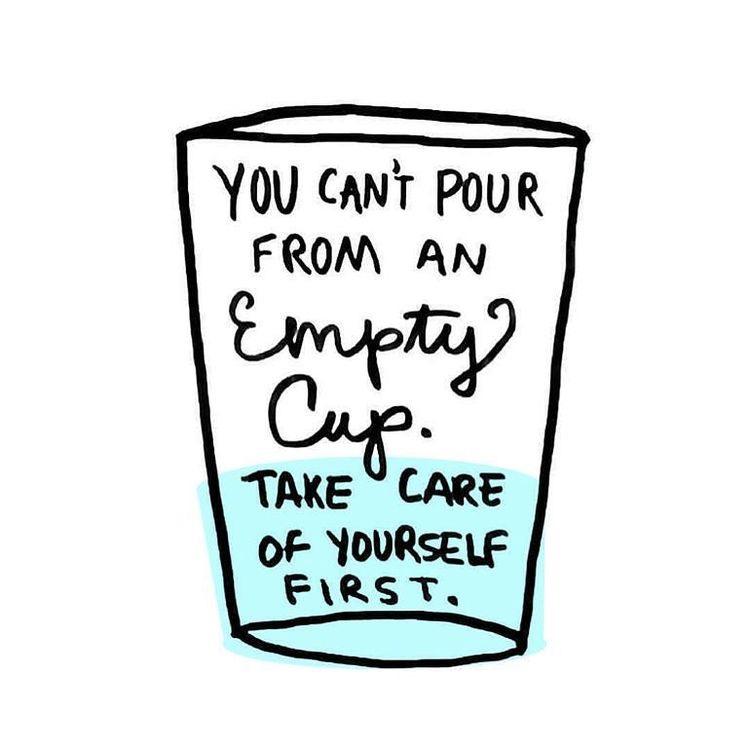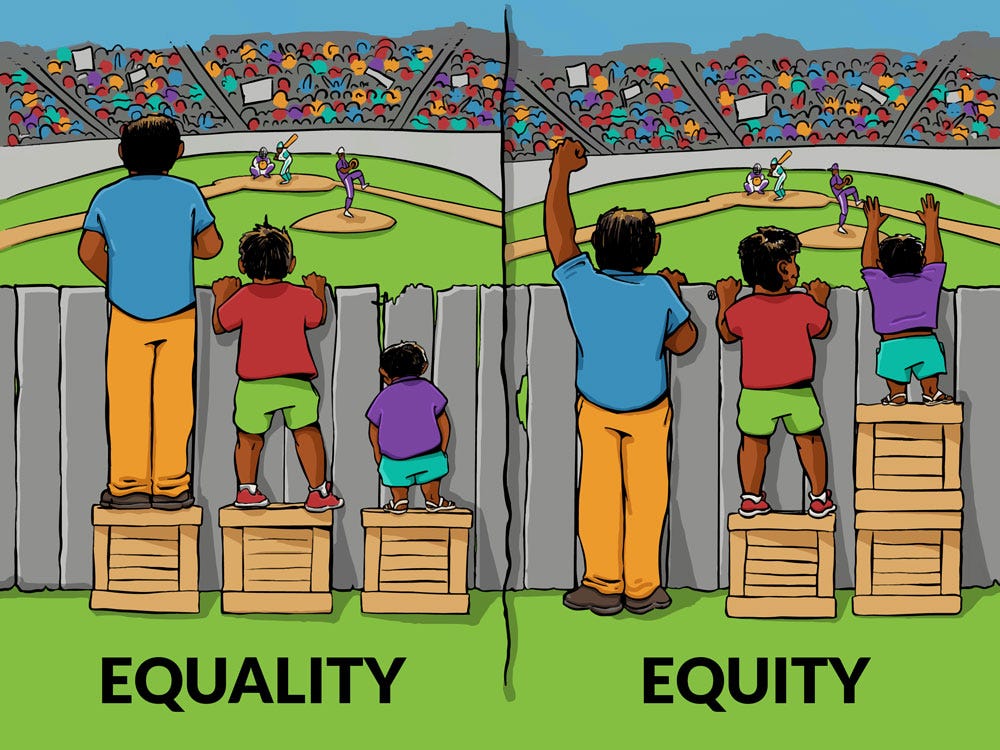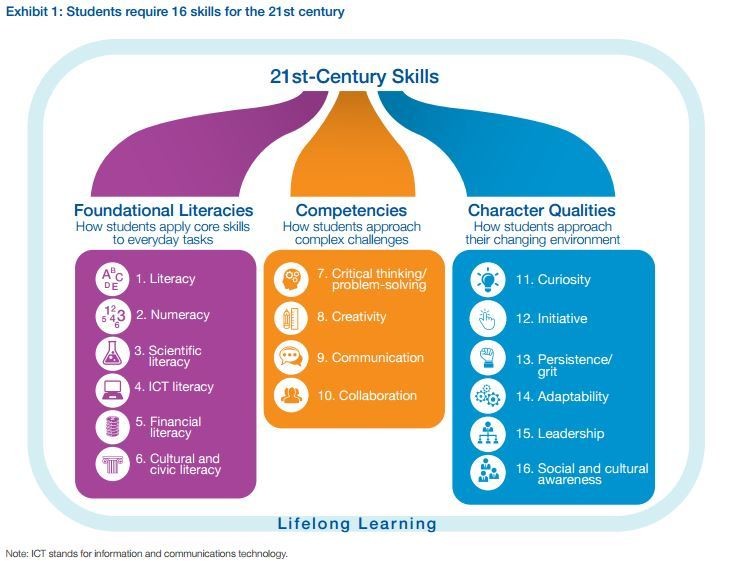I have been silent in the blog-o-sphere for quite some time. It isn’t that I don’t have anything to say. It is just that I don’t know how I can possibly express how much I wish I had a magic wand to wave and make all of the stress and difficulties go away during the horrible challenges of 2020! Sadly my magic wand is broken.

I have considered what I can offer educators today while they try to figure out how to teach online when they’ve never been trained to do so, and while they try to teach face-to-face all the while coping with the additional cleaning, reminders about keeping masks on, and all of the schemes school districts have come up with the try to limit the spread of the virus. And if you are in a district that is combining face-to-face with virtual teaching, you have all of the problems of both, plus trying to balance it all without losing your mind!

Here are my top five suggestions.
Procedures and routines are more important than ever.
When we teach face-to-face, most educators teach students “how we do things in this classroom”. These things might include how to ask to use the restroom, when to sharpen a pencil, how to line up, what to do when a visitor enters the room, how to show you are paying attention, or where to put finished work.
It is not so much different in a virtual classroom. We have to teach students how to mute, how to unmute, how to submit assignments, how and when to email the teacher, etc.

Don’t assume students know how to navigate the digital world.
We tend to think that students today are able to navigate the digital world almost effortlessly. Sadly, this is often not true.
Yes, we see students using their phones to check snapchat, post on tik-tok, or Instagram, but knowing how to do that does not mean they know how to do things in a digital classroom.
Even at the college level I had many students who did not know what I had assumed everyone knew. (Yes, I know I should never assume!) I’ve had to teach students how to change margins or fonts in Word, how to navigate student management programs (like Moodle or Blackboard), how to submit assignments, how to take an online quiz, etc. I even had to have an informal lesson on how to use the calendar on students’ phones to set up due dates, appointments, and to-do lists!
It is not so different with K-12 students!
Just as you are learning how to teach virtually, students must be taught how to learn virtually.
- Remember: s/he who does the most work does the most learning.
We educators tend to work ourselves to death trying to create perfect lessons. I have to raise my hand and include myself in that number. Just like you, I often forget to have the students do most of the work.
Let’s take a lesson on science vocabulary words.
Choice 1:
I create a series of slides to show students with the words, the written definition, and a photo that illustrates what the word means. I’ve included animations that are designed to capture students’ interest and motivate them to learn. I’ve researched and found online quiz sites students can use on their own time to practice the vocabulary.
Choice 2:
I give the students a list of the words they need to know for the upcoming lessons. I can have the students work in pairs or singly. I can have the students write their own definition of what the word means – no copying the definition! – then use the word in a sentence, and find a photo or drawing. I can include having the students find helpful articles, quiz sites, etc., that can help them remember the vocabulary. While the students are doing these tasks, I can monitor the students’ work. When the students are done, I can call on various students to share their work. Later, I can use some of the students’ work in a practice quiz to reinforce the lesson and help students with retrieving the information. (If you are not familiar with retrieval practice I highly recommend that you explore this website: https://www.retrievalpractice.org/ )
Choice 3:
I pair students up to lean about one or two of the vocabulary words. They must research the words and do the following: prepare to teach students what the words mean without parroting the definition found in the glossary, use an illustration to show the class what the word means, and come up with a unique way of remembering the words and what they mean. I can use the illustrations and definitions in practice quizzes, and I can ask other students to explain how the presenters’ memory device can help them retrieve the information.
Let’s face it: choice 1 puts the whole thing on the teacher. No wonder we are exhausted!
Choice 2 is similar to a lesson one might use in any face-to-face classroom. It begins to shift the lesson from the teacher doing all of the work to the students doing more work.
Choice 3 puts almost all of the work on the students. The teacher creates the framework for the students to do the learning, helps build excitement about learning, and provides coaching as needed. Choice 3 is more student centered and less teacher centered. (For more about student-centered learning see Edutopia’s articles and videos about student center learning. Here is one to get you started: https://www.edutopia.org/blog/student-centered-learning-starts-with-teacher-john-mccarthy )
Of course, choice 3 requires the teacher to teach students how to write their own definition, how to find meaningful illustrations, how to create a mnemonic, and how to make a presentation.
We can think of all of those things are types of procedures. In reality, those procedures ultimately teach students how to learn.
I know I used to think that someone else taught students how to learn. I’ve taught third and fifth grade, middle school and high school, and for a long time I did not teach students how to learn. That, I think, is a misunderstanding many of us educators have: someone somewhere else has taught kids how to go about learning. If you, like me, have not considered teaching students how to learn, you might pick up some interesting ideas here: https://www.cultofpedagogy.com/do-something/
Reach out to colleagues.
You are not alone in trying to navigate virtual learning, or even a combination of virtual and face-to-face learning. Your colleagues are going through this, too.
If you are stumped on something, odds are someone else is as stumped as you are. Work together to find a solution. Ask if someone else has figured it out. If you have an idea that has seemed to work well, share it.
Many U.S. teachers seem to be worried or nervous about working with other educators to plan lessons or to improve their teaching skills. This is not so true in other countries.
I don’t think this is teachers’ fault! In fact, most of our schools are set up in ways that discourage teacher collaboration. We work within four walls, the only adult surrounded by students. We rarely get an opportunity to sound out other educators on the topic of teaching and teaching well. This means we are constantly re-inventing the wheel.
John Hattie, the educational researcher, has said that teacher collective efficacy is the most important factor in student achievement. In other words, teachers must share the belief that all students can learn, and work with each other to achieve that end. (Here is more information on this: https://visible-learning.org/2018/03/collective-teacher-efficacy-hattie/ )
Take care of yourself!
I do not have to tell you that teachers are stressed right now. In fact, you probably just reacted with, “Ya think?” or “Duh!”
Between a global pandemic, having to learn new ways to teach, district expectations, etc., etc., etc. It is a whole lot like being tossed into the deep end of the pool while chained to a cement block and having people who are not in the water holler at you, “Just swim!” No one seems to get it that you are barely able to get your nose out of the water, let alone swim.
You are important!
When that kind of stress happens, in any situation, we tend to neglect the very things that help us manage best: taking care of ourselves.
Yes, I know it seems like we need 36 hours in the day to get it all done. But when we are so overwhelmingly stressed we need to take care of ourselves first!
So try to eat to get those necessary nutrients, drink lots of water, do some physical exercise, and try to get eight hours of sleep.
You are no good to yourself, your family, or the students if you do not take care of yourself.

Yes, this is easier said than done. However we can refer to point 4 on this one, too. Reach out to colleagues to find a partner that will nag you about taking care of yourself, and in turn, you nag them. There is power in helping others help you to think about self-care.

Above all, try to remember why you decided to become a teacher. Think of your purpose beyond liking children or being in love with your subject.
I will tell you why I think you are worth all of the above: you are doing the most important work in the world. It is through you that our society’s future, and our world’s future is shaped. It is through you that future generations will be able to think, to innovate, and to influence the course of humanity!
For that, I salute you!







